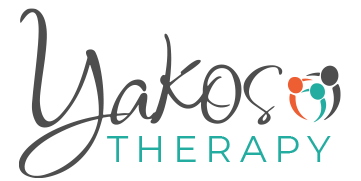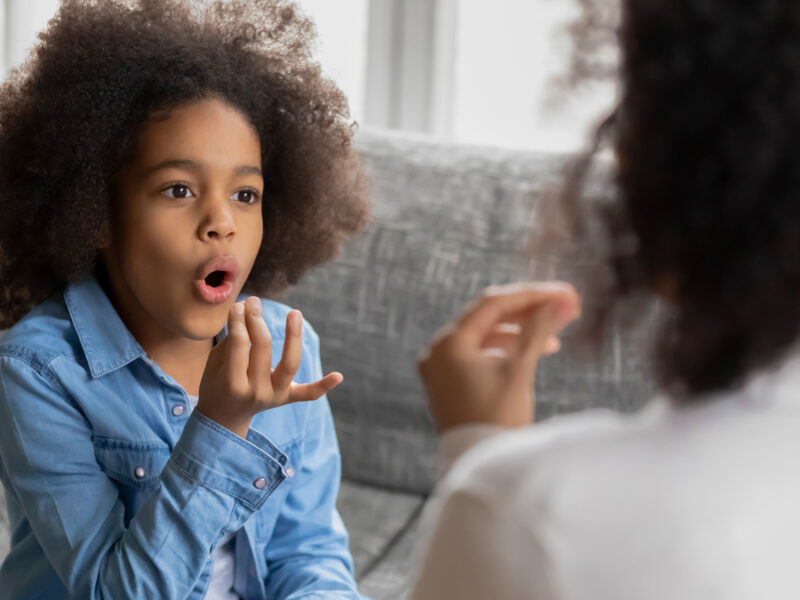Co-treatment is when two practitioners work together to effectively address their treatment goals during a therapy session. For instance, the following professionals may co-treat a session with an individual: speech-language pathologist, occupational therapist, physical therapist, social worker, etc. According to the American Speech-Language-Hearing Association (ASHA), some important guidelines to consider for co-treatment sessions are:
- Collaboration between two disciplines will benefit the patient
- Should not co-treat for scheduling convenience
- Document the rationale for co-treatment
- Each practitioner should specifically document what occurred during the session (e.g., what goals targeted, progress, updates, etc.)
- Typically limited to two disciplines providing interventions during a session
Specifically, a speech-language pathologist (SLP) and occupational therapist may work together during a feeding therapy session to improve an individual’s feeding, swallowing, and/or diet. Some specific utensils or tools that may be utilized during sessions include:
- A variety of spoons (e.g., smooth, textured, maroon)
- Cut out cups
- Vibrating therapy tools
- Chewable jewelry
- Adaptive drinking tools
- Brave Plate (visual reinforcement for trying different foods/textures/etc.)
Resources
https://leader.pubs.asha.org/doi/10.1044/leader.BML.18062013.24



